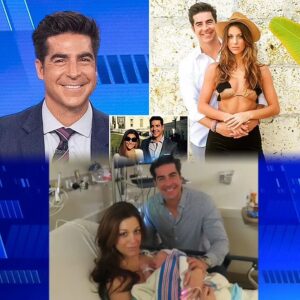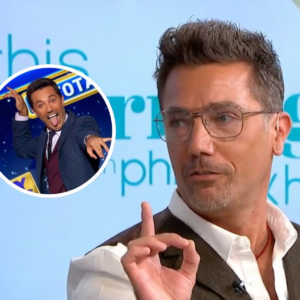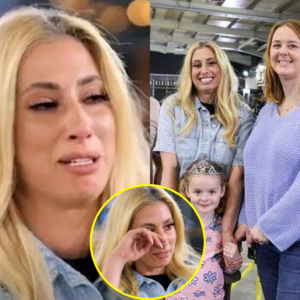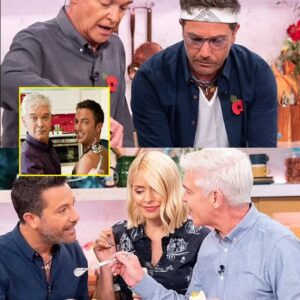SAM Bowie’s role in the rise of Michael Jordan has become a distant memory since His Airness entered the NBA nearly 40 years ago.
Bowie was drafted second overall in the 1984 NBA Draft, allowing the Chicago Bulls to select MJ third before His Airness led the franchise to six championships the following decade.

2
Sam Bowie was picked by the Portland Trail Blazers at No. 2 overall ahead of Michael Jordan after the center hid the extent of his injuries in the pre-draft processCredit: Getty

2
The Blazers’ decision allowed the Chicago Bulls to select MJ with the No. 3 pick in the 1984 NBA DraftCredit: Getty
But if the ex-Kentucky standout was honest in the pre-draft process, the NBA’s history might have been very different.
The Houston Rockets were always going to pick Hakeem Olajuwon with the top pick that year.
The Rockets wouldn’t pass up on the promising yet already dominant 7-foot center, who also was a homegrown talent having played college basketball at the University of Houston.
Bowie was the next best center after a highlight-packed four years at Kentucky – and the Portland Trail Blazers, who owned the second overall pick, needed a big man.
They already had Jim Paxson, a small forward and two-time All-Star, as well as would-be Hall-of-Fame shooting guard Clyde Drexler, hence they targeted the 7-foot-1 center over Jordan in the draft.
They did so even though legendary coach Bobby Knight, who had worked with MJ during the 1984 Olympics trials, reportedly urged Portland’s general manager to select Jordan anyway.
“But we need a center,” Blazers GM Stu Inman said in response, as Bill Simmons recalled in an ESPN column.
“So play him at center!” Knight reportedly replied.
However, Inman and the Blazers didn’t know that Bowie was nowhere near as healthy as they thought he was.
A stress fracture in his left tibia, which caused him to miss two seasons in college, bothered the center at the time of the draft and would flare up after joining Portland.
He would also break his right tibia with the leg issues eventually forcing the player to retire in 1995 after an injury-laden career.
Years later, Bowie revealed that he hid his health problems from the Blazers before they drafted him in 1984.
“I can still remember them taking a little mallet, and when they would hit me on my left tibia, and ‘I don’t feel anything’ I would tell ’em,” he said in ESPN’s documentary Going Big.
“But deep down inside, it was hurting. If what I did was lying and what I did was wrong, at the end of the day, when you have loved ones that have some needs, I did what any of us would have done.”
Bowie also recalled that while sitting next to Olajuwon, Jordan, and other NBA prospects on Draft Night, he knew that “deep down inside I physically wasn’t what these guys were.”
Had Bowie been transparent about his injury woes, the Blazers might have been more inclined to draft Jordan instead.
Or, they would have gone for other big men that were also available, such as Sam Perkins or Charles Barkley – but either way, the NBA would have taken a very different course than it actually did.
Interestingly, Portland used their No. 1 pick to select an injury-prone center that would prove to be a bust again some 23 years after the Bowie fiasco.
In 2007, they passed on Kevin Durant, Al Horford, and Mike Conley to pick Greg Oden, who ended up making just 82 appearances for Portland.
News
“Jesse Watters and Wife Emma DiGiovine Shock Fans with Surprise Baby News—Meet Their New Baby Girl and the Heartwarming Story Behind the Announcement!”
Fox’s Jesse Watters and wife Emma DiGiovine glow as they welcome new baby girl to the world FOX News host Jesse Watters and his wife Emma DiGiovine…
Linda Robson broke down in tears, saying she would DIE TOGETHER with her best friend Pauline Quirke on live television, leaving everyone stunned. What happened?
Linda Robson has spoken publicly about the heartbreaking dementia diagnosis of her long-time friend and Birds of a Feather co-star, Pauline Quirke. Last month, Pauline’s husband, Steve…
Pete Wicks Admits He ‘Cried Several Times’ Filming Emotional New Rescue Dog Series – The HEARTWARMING Moments That Left Him in TEARS!
‘They have transformed my life for the better’ Star of Strictly Pete Wicks admitted he “cried several times” while filming his new documentary, Pete Wicks: For Dogs’ Sake. A lover…
Gino D’Acampo just stirred up social networks with his FIRST POST after being fired from ITV
Celebrity chef and TV star Gino D’Acampo has been accused of sexual misconduct as over 40 people have come forward amid his alleged wrongdoing A defiant Gino D’Acampo has…
This Morning presenter prepares to become homeless, family home worth £4m about to disappear
The This Morning presenter lives in Richmond with his wife and children This Morning star Ben Shephard lives less than 30 minutes away from the ITV studios, in a beautiful home…
Stacey Solomon in tears and forced to walk off camera as Sort Your Life Out fans say ‘LIFE IS CRUEL’
Stacey Solomon had to step away from the camera, overwhelmed with emotion, while filming her show ‘Sort Your Life Out’ as she assisted a family from Leeds in decluttering their…
End of content
No more pages to load






